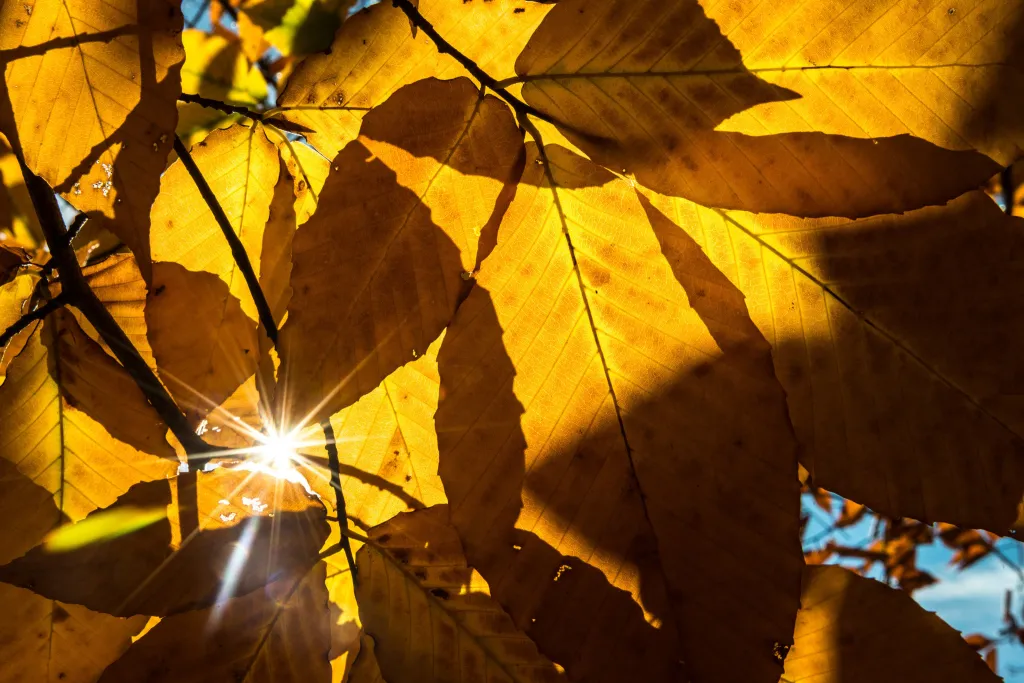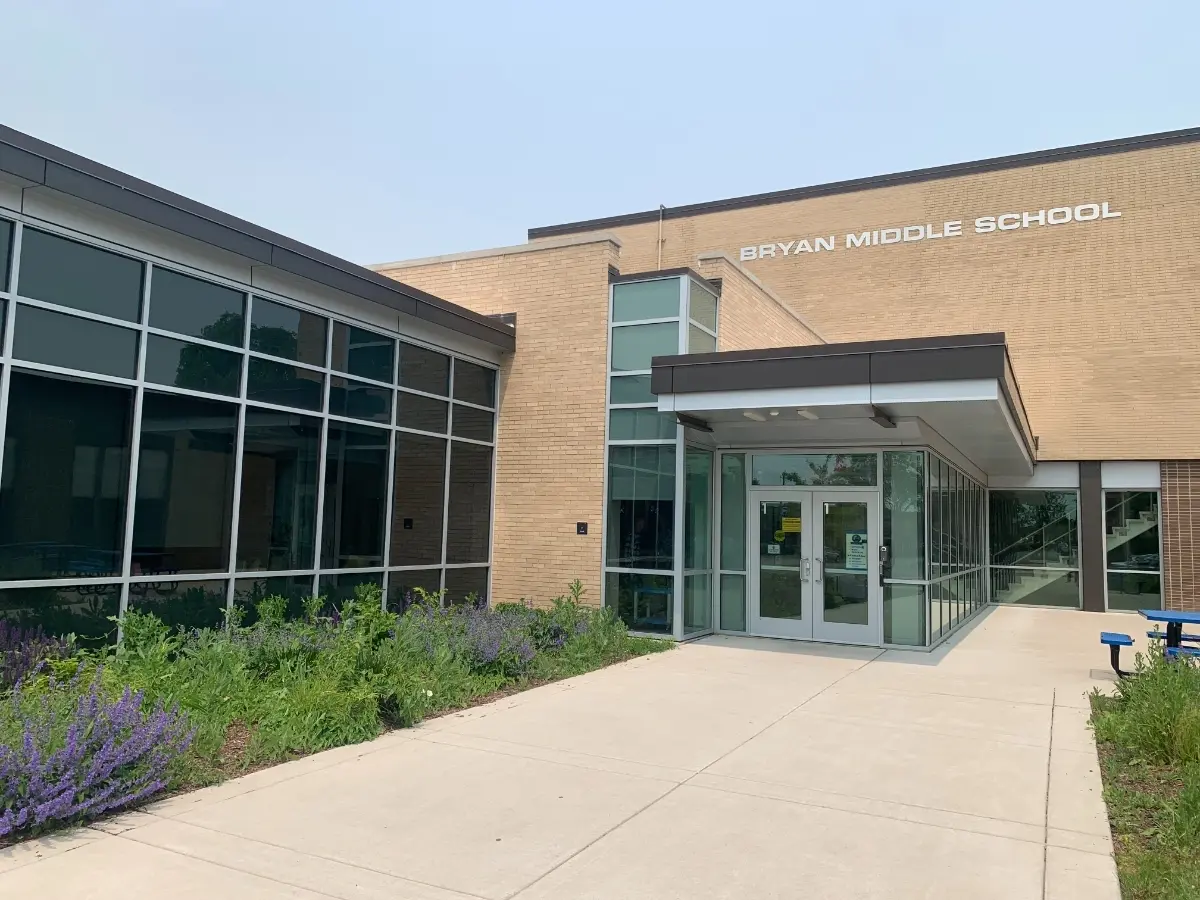
Trees cannot speak for themselves. There are times when humanity must speak for them. Our beloved beech trees are in peril. I have already written too many eulogies this year so I am hoping Mother Nature, scientists or both will solve the impending doom of native beech trees before it is too late. Beech leaf disease is killing Maryland beech trees as it spreads east from Ohio. It is caused by a microscopic nematode worm. The worm enters the leaf buds (hence the name) and eats them, causing the leaves to die and drop early. It is evident when dark lines or bands form between the veins of the leaf and the leaves brown early, become leathery and fall before supplying the tree with the nutrients it needs.
Beech leaf disease was first discovered in Ohio in 2012 and is rapidly traveling across the country. It is already prevalent in Maryland. Many of our local woodlands are full of beech trees. Easily identified due to its smooth bark, any beech tree close to a population center is also likely marred by human-made carvings portraying affection or marking events important to the carver. Many are hundreds of years old. Beech trees are often the oldest surviving woodland residents because they are not highly sought after for their lumber. The wood tends to crack and warp more easily than other hardwoods like oak and walnut. Nevertheless, they have a profound environmental impact. According to arborists at Cylburn Arboretum, they are the sixth-most-common tree in Baltimore, ranking third in carbon storage and second in pollution amelioration. They are slow-growing, shade-tolerant and provide habitat for many species. Cylburn, in northern Baltimore City, is free and open to the public. It has many easily accessible towering beeches. The Woodland Trail, a few steps to the left of the brand-new Nature Education Center, will take you right to a grove of giant beech trees.
Unlike many other trees, beech trees can survive in lower light strata caused by oaks, tulip poplars and other sun seekers. One of the scarred but still thriving beech trees on the Cylburn trail is approximately 222 years old. This tree has been with us since the formation of Baltimore City (1796-97).
Once infected, young beech trees will die within 2-5 years, and older trees may survive as long as 10 years. So many of our tree species are under assault, and many have been almost obliterated. Dutch Elm disease, chestnut blight, and others have removed part of our heritage.
What, if anything, can we do? As of now, although there is no cure, arborists offer three options to potentially ameliorate or slow loss. Smaller trees can be treated with a pesticide foliar spray that covers every leaf. The spraying must be repeated multiple times — if one leaf is missed, nematodes will survive and reproduce. Larger trees can be injected at the root flare with a fungicide/nematicide, in the hope that the tree’s vascular system will uptake the poison and kill the invaders. This must be done every two years. These two methods should only be done by a trained, certified arborist. These applications are expensive — as much as $500 a tree or more, depending on its size and the number of trees treated at the same time.
Do-it-yourselfers can try to save money by applying potassium phosphate to the tree — this can be done by drenching the soil, injecting the soil or spraying the bark. This must also be done repeatedly. Although there is no consensus, spring and summer appear to be the best times to treat the trees.
These treatments are not viable to assist large woodland areas, nor are they cures — they only slow the progression of the disease. Currently, there is no known cure. Biologists are monitoring attacked trees to see if any are resistant so their progeny can be used to save the species. They are also researching alternative treatments to determine if anything works. If you are a homeowner or community group with beech trees you want to try and save, now is the time to start raising money for treatment so by springtime you can afford to help these natural historians. All of us can speak up and support funding for research.



